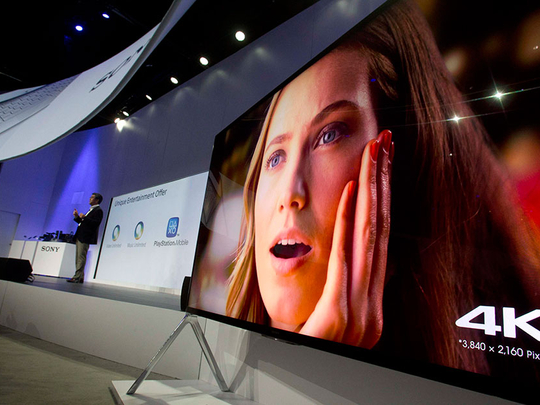
Dubai: As if shrinking screen sizes on mobile devices were not enough, advertisers need to give serious thought to the attention spans of their intended audiences. And attention spans tend to have higher deficits in the case of digital ads.
According to studies, viewers tap on the ‘skip’ function 75 to 80 per cent of the time — in some instances, after having had to endure the mandatory five-second viewing time — than go through the whole ad.
“And even if [the ads] are not skipped, it does not mean they were watched,” said Olga Kudryashova, strategic planning director at Cheil Mena, a marketing and communications agency. “Some people say they did not skip an ad only because they got distracted. We are expecting advertisers to either rethink the length or the messaging strategy of videos... but ideally both.”
Cheil Mena has just come out with its digital trends forecast for 2015, in which ‘attention deficit’ is a major issue.
“Impatience becomes the norm as the world of technology takes our professional and personal lives by storm,” the report finds. “When YouTube viewers have an option to skip an ad after five seconds, what’s the point in a 30-second ad with key messages at the end? Smarter brands [have] started to challenge their creative and media strategies.”
SnapChat has a ‘photo stay’ visible for 10 seconds before a new one takes its place... “because that’s how much time the viewer has before he moves onto the next thing,” the Cheil report notes.
In contrast, TV commercials at 30 seconds apiece gave advertisers a lot of time to narrate a decent storyline or, at the least, come up with captivating visuals.
Disruptive strategy
So, what should a digital ad be like?
“In terms of grabbing attention, digital is not very different from other channels,” Kudryashova said. “Firstly, any means of communication needs to be disruptive so that the viewer gets curious [and asks) ‘What is it?’,” the report states.
“The next question the consumer asks is ‘Is it for me?’ and, finally, ‘Why should I engage?’. The disruption stage is very short, almost instantaneous,” the report says. “The length of a digital video should simply be in sync with the messaging strategy.”
These are the revised lessons the region’s advertisers will have to learn. Digital videos ads have to come in from the periphery of their media planning.
“Vine, Keek, Vimeo and Instagram ‘under-15 second’ videos provide easy-to-consume content for the viewer and a sense of recognition for the creator’,” the report further states. “Brands facilitating co-creation and exploring multiple types of video content will show their human face and get closer to the consumer.”
The concept of reaching audiences at peak viewing hours based on television rating points (TRPs) will also need a rethink.
With consumers connected to their ‘second viewing device’ — that is, the smartphone or tab — on a 24/7 basis, brands need to be on call all the time. Which is where ‘brand butlering’ comes in.
“The concept is not new, but the potential scope of its reach is,” the report states. “Value-added service can now travel together with the consumer in the form of an app and can be availed whenever, wherever. Brands have a chance to review and reconsider how they enrich their clients’ everyday lives and service them beyond what’s expected.”
According to Kudryashova, “It is getting more and more difficult to make one-size-fits-all ideas work. A lot of brands go for what they call ‘surgical segmentation’. Besides, if a segment is small but profitable it always deserves a tailored approach.”









